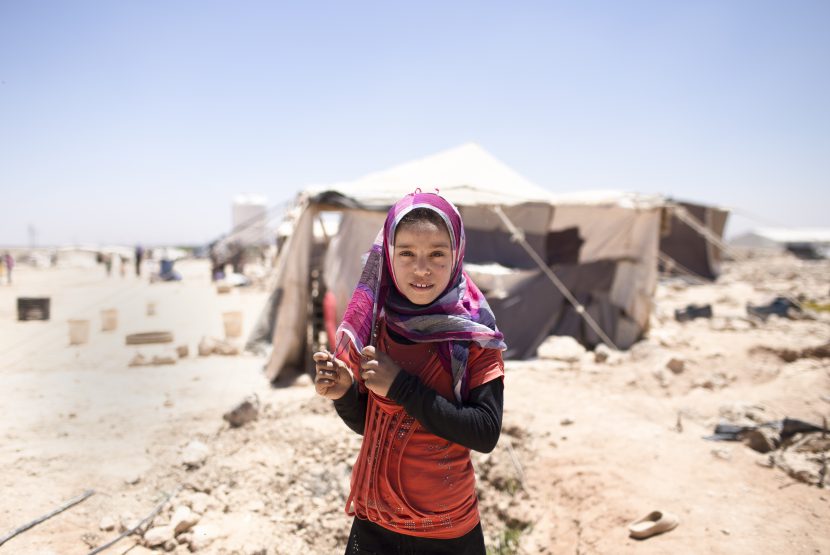The impact of coronavirus on the living conditions of refugee children
What’s happening – in numbers?
Of the 71 million refugees across the world, more than 80% live in developing areas without basic health services, begging the question of how to keep refugees safe during a global pandemic (Wehrli, 2020). Indeed, these vulnerable groups were, and continue to be, at particularly high risk for coronavirus. The United Nations (UN) said it best: no one is safe until everyone is safe. (UN) As of June 3rd 2020, the UN has stated that 134 refugee hosting countries have reported on the heightened transmission of coronavirus. (UN, 2020) This means: approximately 25 million refugees have been faced with particular struggles in the fight against coronavirus.
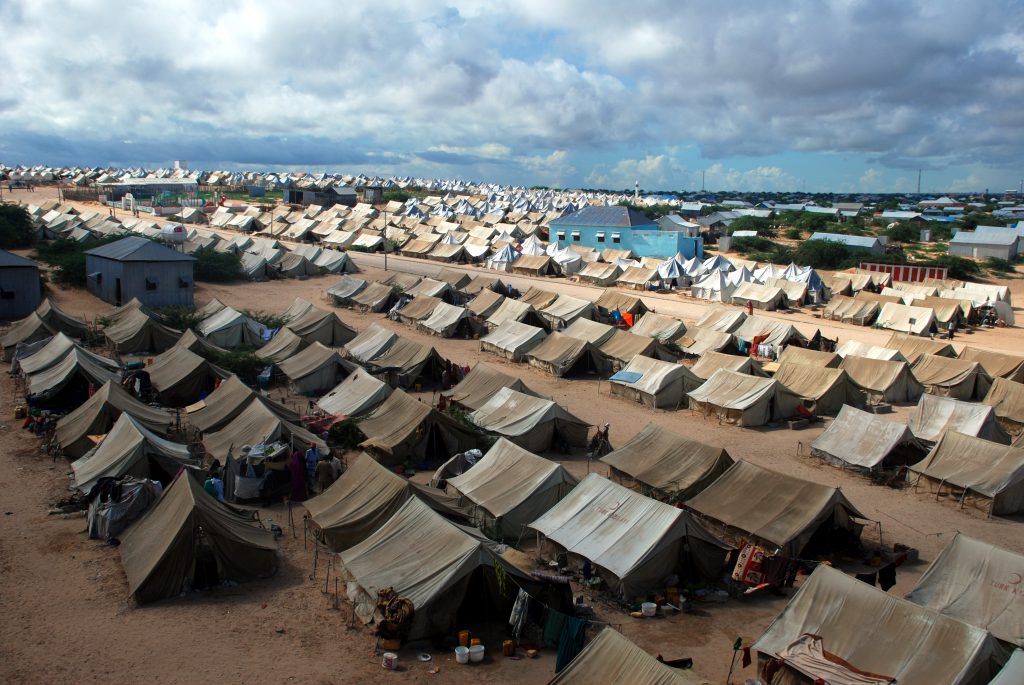
Why refugees?
The public health pandemic must be understood as intertwined with the refugee crisis. We learn that now, more than ever, the principles of refugee protection are being tested. As explained by the Secretary General of the United Nations, António Guterres, the refugees and the migrants face three crises: COVID-19, socio-economic crisis, and lack of governmental protection. (UN, 2020) Overall, for the United Nations Refugee Agency, the pandemic has lead to: “a disproportionate use of immigration detention, a rise in the risk of sexual violence, discriminatory restrictions on access to health and social services and a dramatic loss of livelihoods.” (UNHCR, 2020)
To make the situation worse, at a time when people seek refuge from threats to their life or freedom, they face border restrictions. Indeed, governments have put in place strict immigration laws which have turned away people seeking asylum from horrific conditions, such as war and chaos, in their home countries. (Strauss and Zander, 2020) While Guterres has praised countries which have respected international principles on refugee protection despite their travel restrictions, many nations are refusing to help; refugees are being left behind. (UN, 2020) Namely, Syrian refugees in Greece face improper and unsanitary living conditions, while refugees in Swiss camps have reported on the lack of social and emotional guidance. (Challenger, 2020)
What about refugee camps?
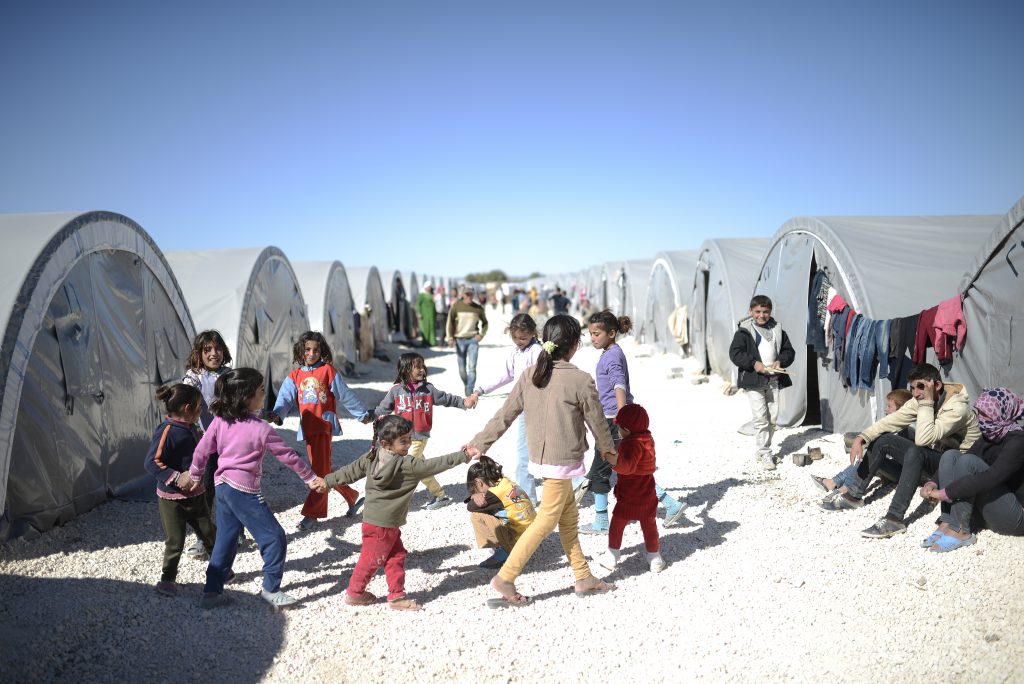
In camps, refugees and migrants have had to live in close living quarters, while facing limited access to sanitation and medical care, putting their health at risk. (Fore, 2020) While this is an issue that has long existed, it has been exacerbated with the current coronavirus pandemic. The preventative measures which have been internationally advised become impossible in a refugee camp. As stated by Annick Antierens, an adviser for Doctors Without Borders, “any kind of epidemic is never good, but particularly not this one, where physical distancing is impossible and home isolation is a joke.” (Subbaraman, 2020)
Indeed, the packed conditions of the refugee camp can infect a large number of vulnerable people rapidly. Furthermore, with the pandemic, the services for other public health emergencies, such as malaria, are heavily reduced.
What’s it like for children?
Although coronavirus has most immunologically affected the elderly and people with pre-existing medical conditions, young children have been the most psychologically troubled by the pandemic’s consequences. Indeed, children take more time to understand. Namely, while adults followed the news over time, children abruptly stopped attending school. In the case of refugee children, the lack of education has proven to be the most disruptive aspect of the pandemic.
The conditions of refugee children in school before the pandemic were already challenging: less than 50% of refugee children were enrolled in school, and only 25% attended secondary school. (UNHCR, 2020) As an example, Rohingya refugee children living in sprawling settlements in Cox’s Bazar already had limited educational access before the pandemic. And as the UNHCR warns, the months-long school closures risk to reverse “small gains recently made in expanding access to education for refugee children.” (UNHCR, 2020)
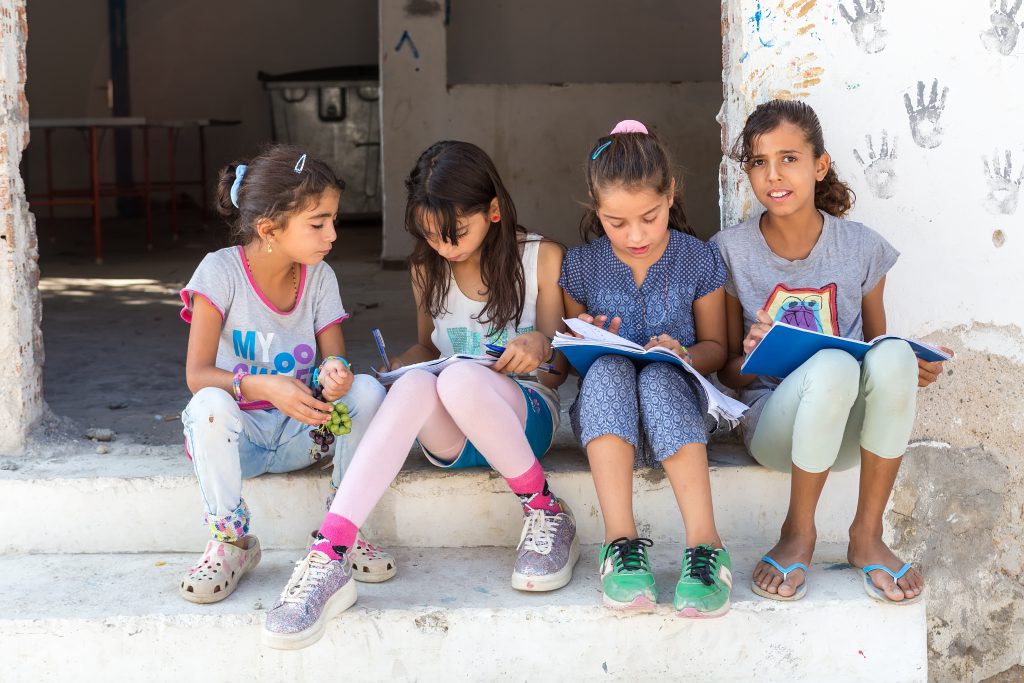
For the Syrian refugee children in Greece, UNICEF and UNHCR have worked to establish “distance learning lessons through mobile phones and printed education materials.” (UN, 2020) Of course, this is less effective for small children who require more face-to-face interactions in order to learn and grow. The school also provides a space in which to meet and make friends, infeasible without physical contact. Furthermore, without funding, the education system is not guaranteed to last long.
The charity Theirworld has estimated that $20 million dollars are still needed for the education to keep working for the next two years. (UN, 2020) To bridge the gap between the children who have received education and those who have not, UNHCR has advocated for the future implementation of the official Greek school system alongside non-formal educational activities, which can provide a “safe space away from the difficult conditions and an opportunity to connect with the educational process.” (UN, 2020)
For other refugee children, the challenge of access remains impossible. Without data, radio signals, or readily available devices, families cannot listen to educational broadcasts or participate in learning programmes. For example, lacking devices and facing a language barrier, refugee children in Bulgaria are missing out on language classes and psycho-social support. (UNHCR, 2020) Indeed, learning centres can provide more than education: a safe space away from the hardships of refugee camps.
What is being done to help?
In her opinion piece on Euronews, American refugee volunteer Amy Aves Challenger called on European countries to act and help these displaced children in light of the current pandemic: “It’s time for Europe to lead with compassionate guidelines dictated by UNHCR for Protecting the Rights of Refugee Children.” (Challenger 2020)
In light of these events, the UNHCR has responded with life saving support: water, medical and hygiene materials, boosting “public health and hygiene in areas hosting displaced people, including airlifting emergency supplies and establishing isolation units.” (UNHCR, 2020) UNHCR are giving out shelter material and core relief items, alongside developing and distributing printed learning materials. However, UNHCR is still missing funding for these resources, seeking $745 million to help priority countries. Working with the UNHCR are NGO partners which have supported teachers, parents and students while schools have remained closed. In Bulgaria for example, The Council of Refugee Women and the Bulgarian Red Cross have provided donated devices. (UNHCR) The international NGO Save the Children has also vowed to provide support by distributing hygiene supplies to vulnerable communities.
Although local NGOs have decreased their available staff in the refugee camps in order to reduce the spread of the virus, we learn that the support of organisations has become essential during the pandemic. (Subbaraman, 2020) Many refugee children and adults receive little help outside of the efforts of NGOs.
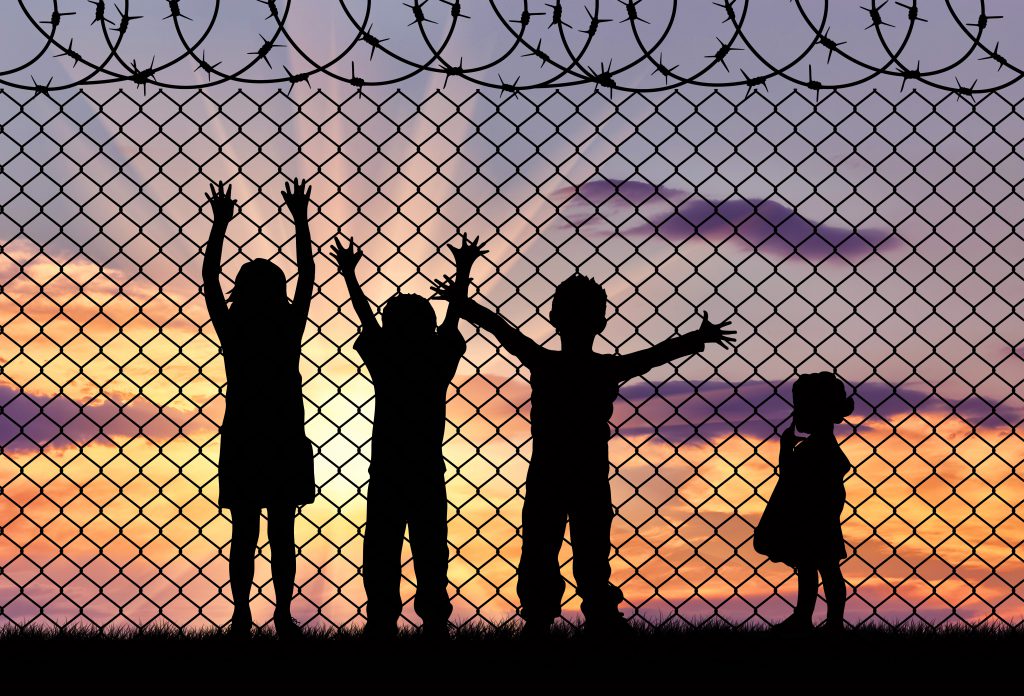
As an NGO, Humanium calls on international forces to intervene in issues which dangerously affect children. We have provided public health aid in vulnerable areas. In small villages such as Eappakkam, Tamil Nadu, India for example, we provided sanitary help focusing on environmental quality in order to improve the living conditions of children. During the pandemic, we facilitated the donation of hand sanitizers and face masks to 50,000 families in India. In refugee camps, these efforts, along with improvements in educational services, are needed more than ever.
Humanium also values the importance of raising awareness of these issues. In order to get involved, below are websites of organisations for which you can donate!
Written by Leah Benque
For More Information:
Sources:
UNHCR. (n.d.), “Coronavirus outbreak,” UNHCR. Retrieved from UNHCR.

